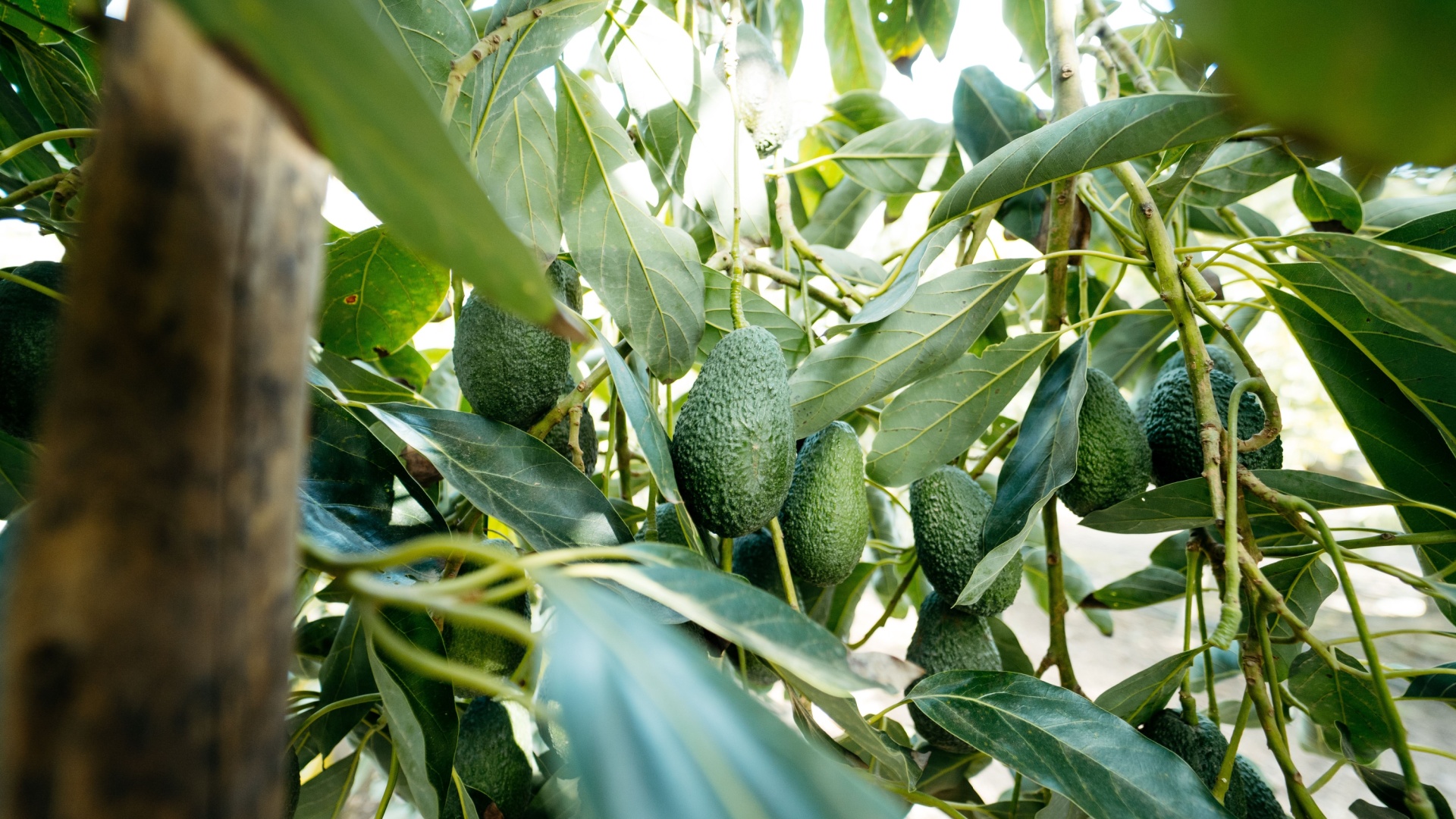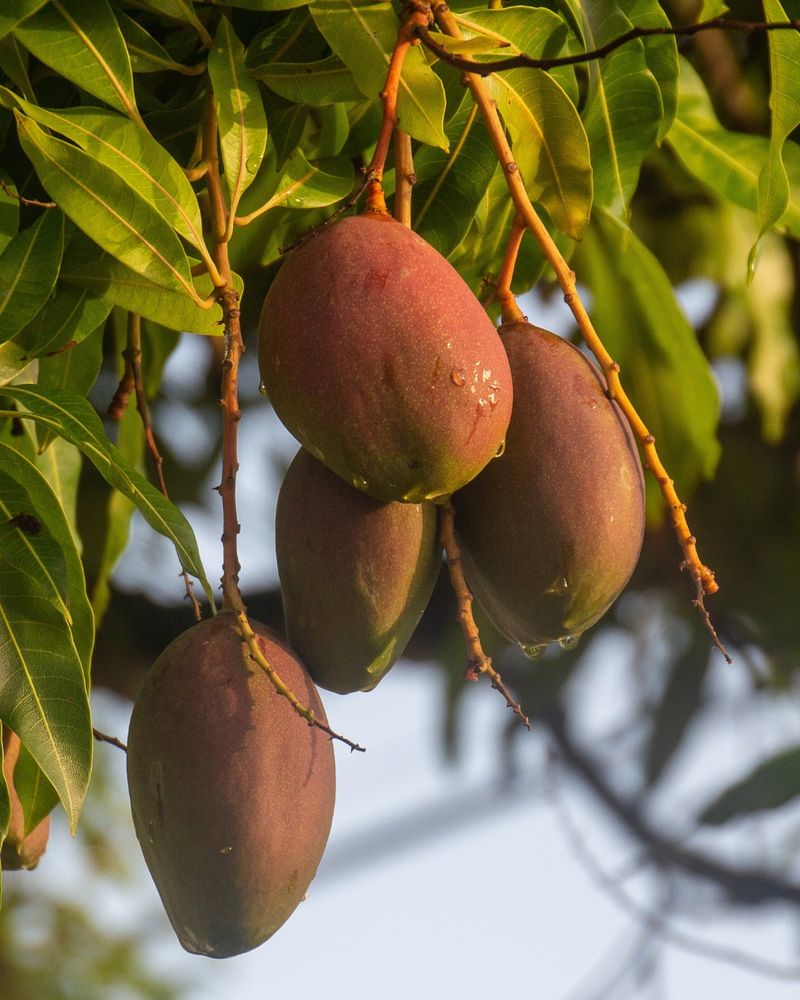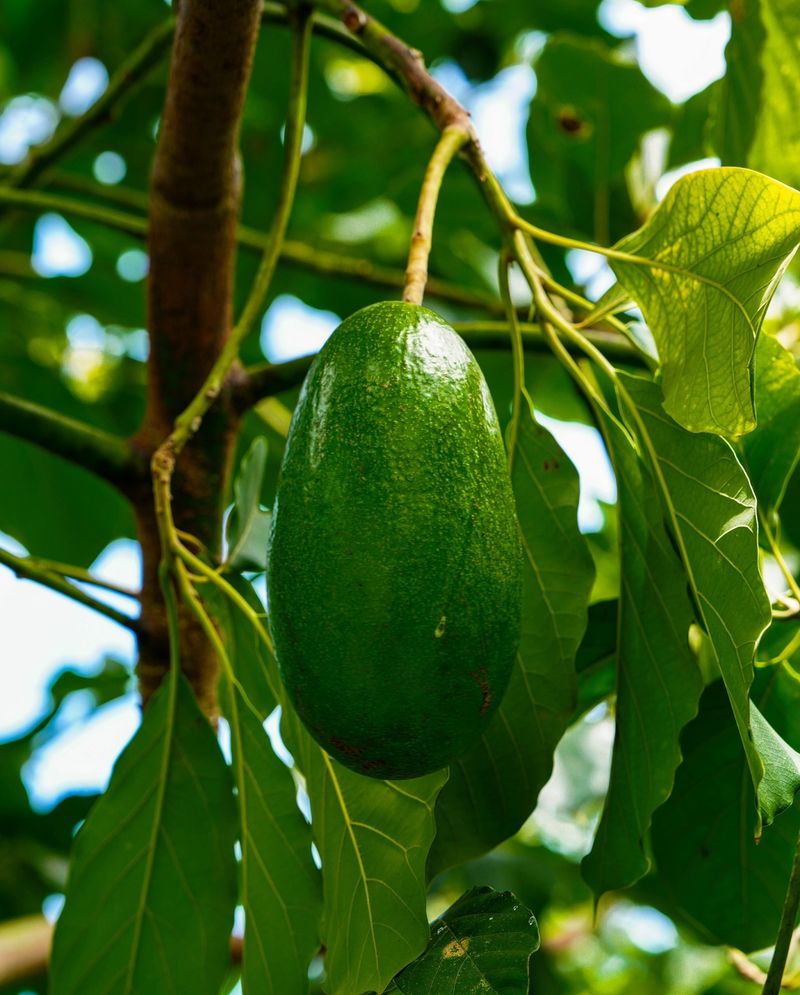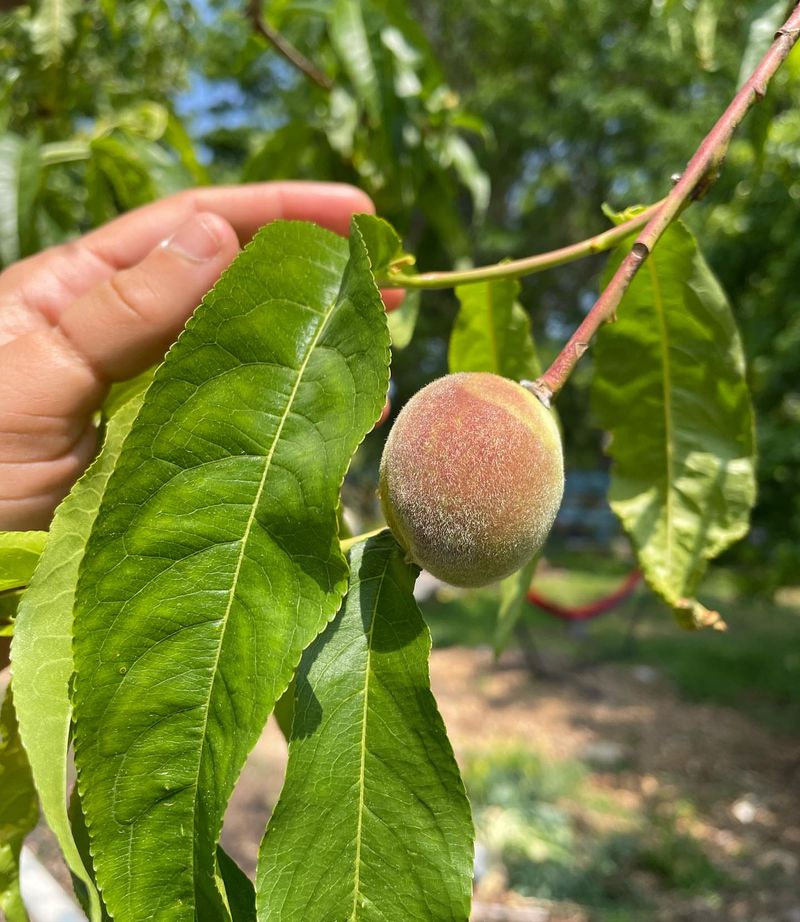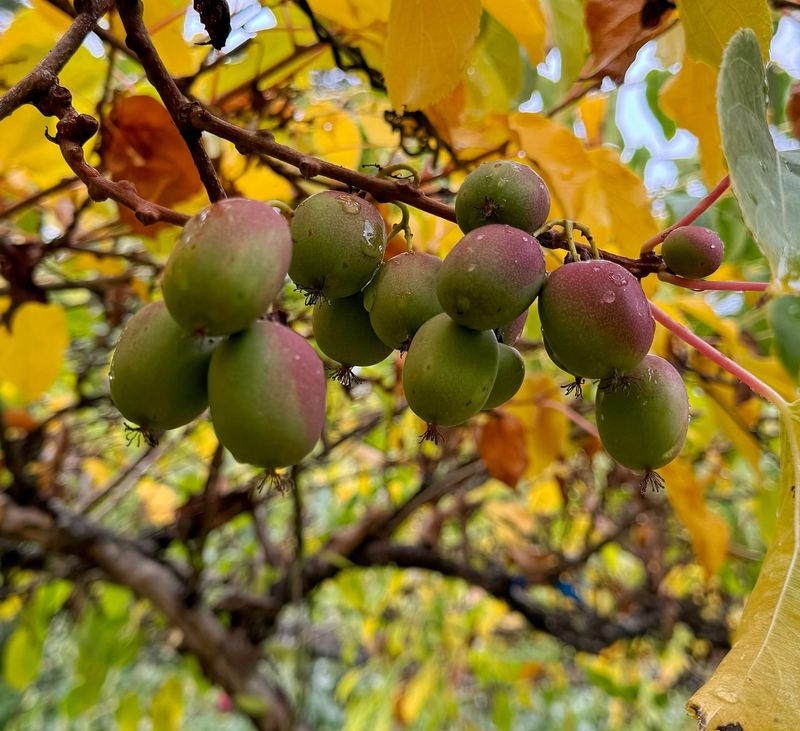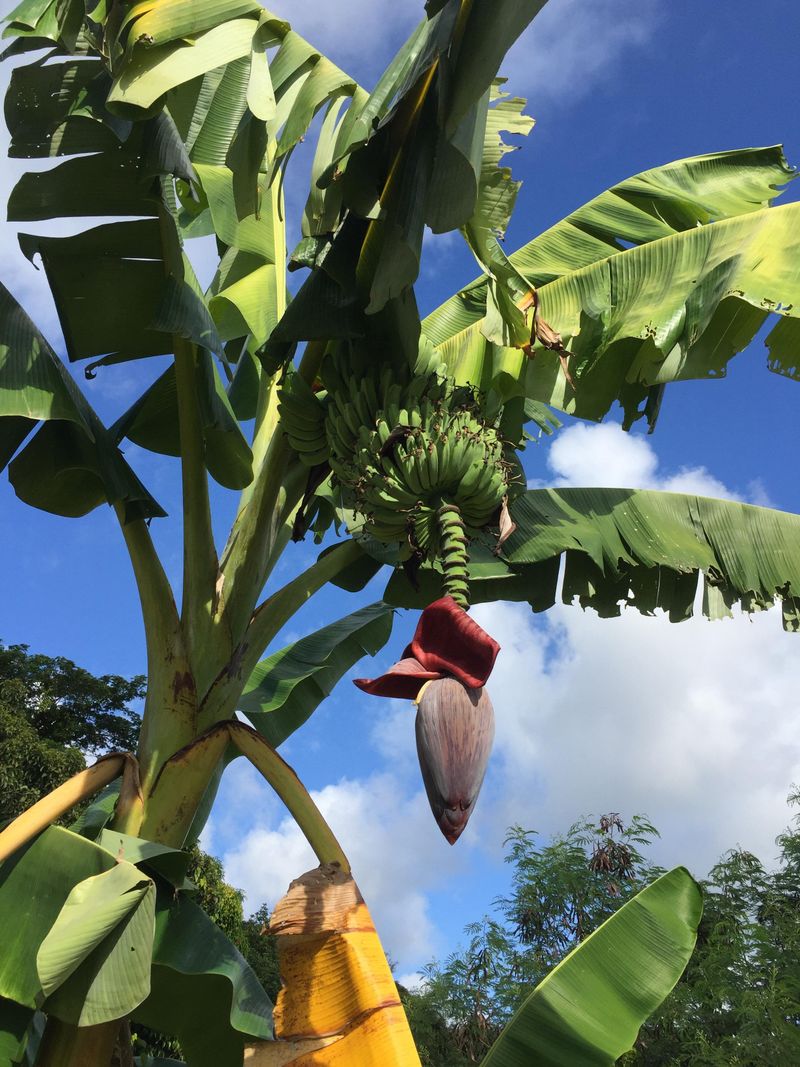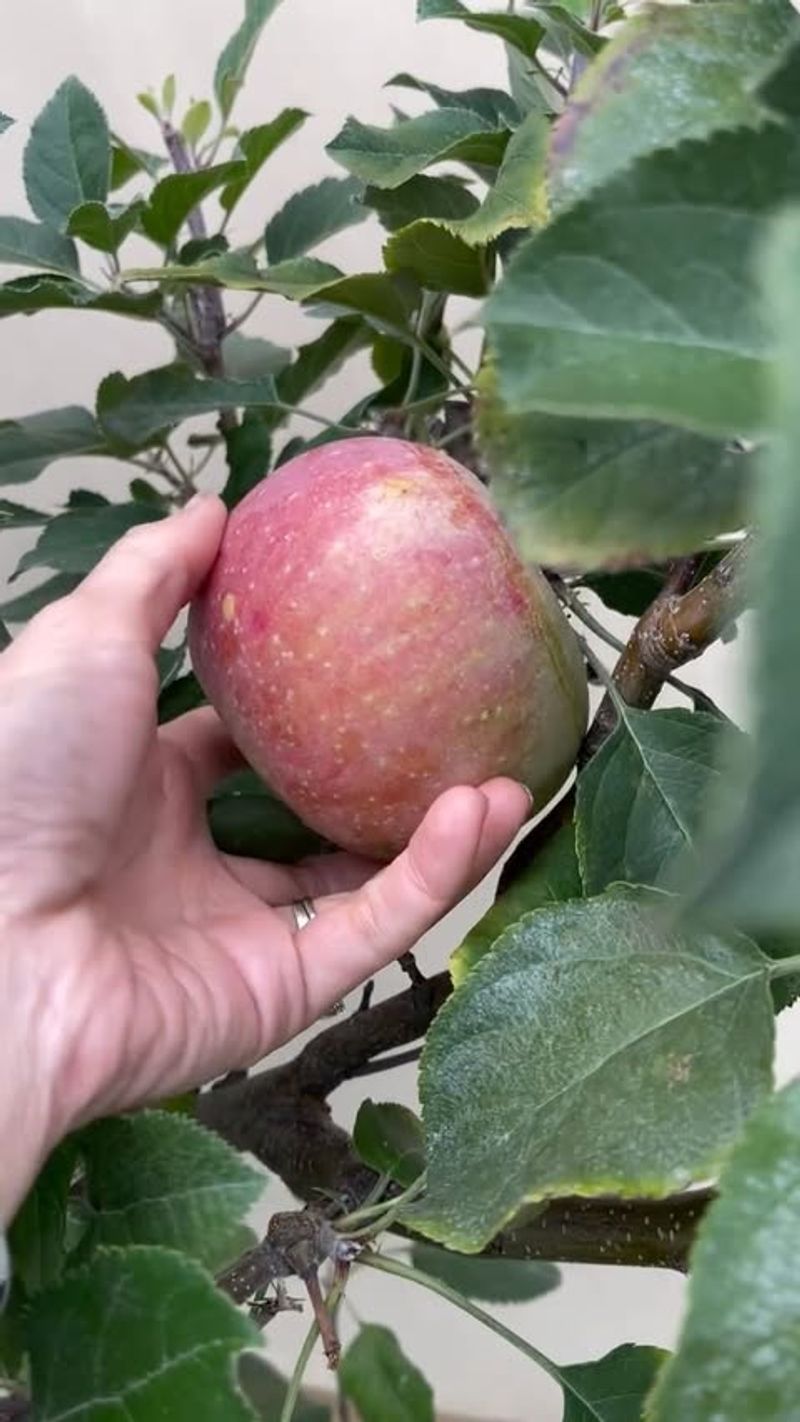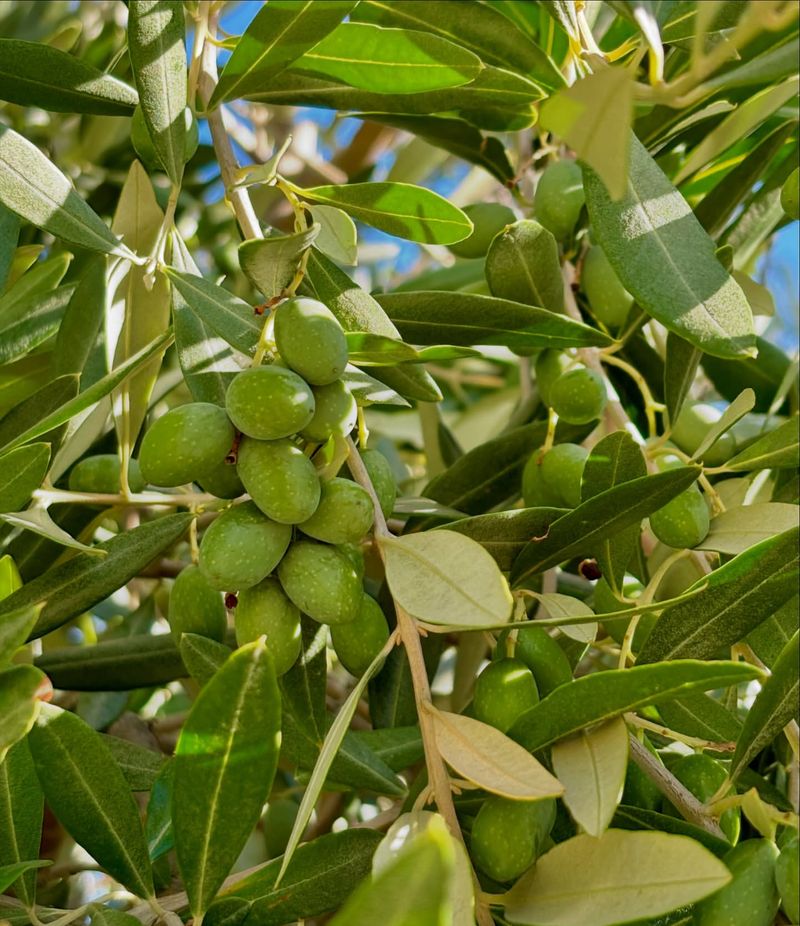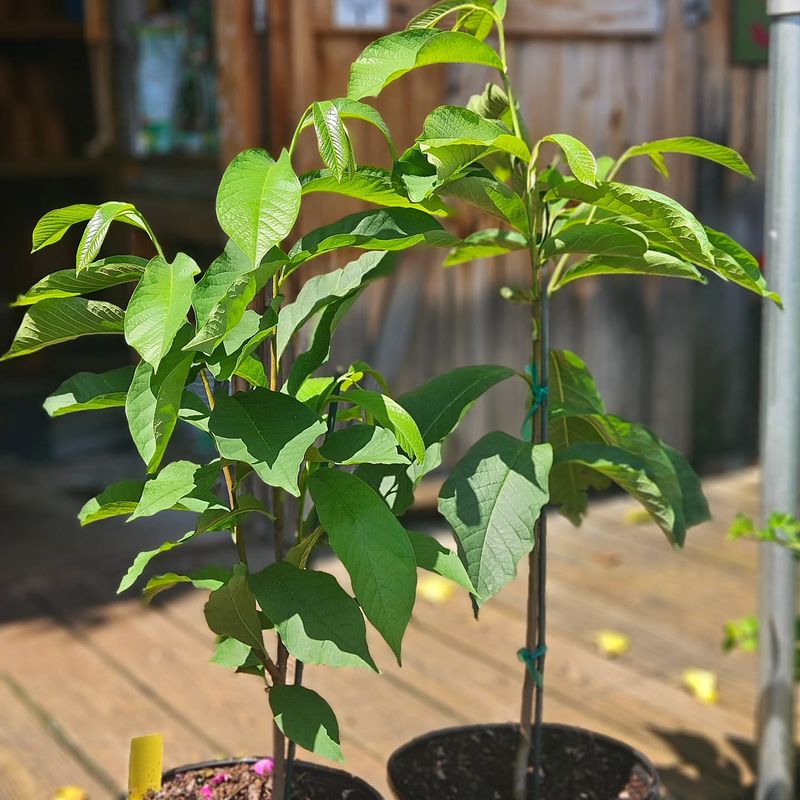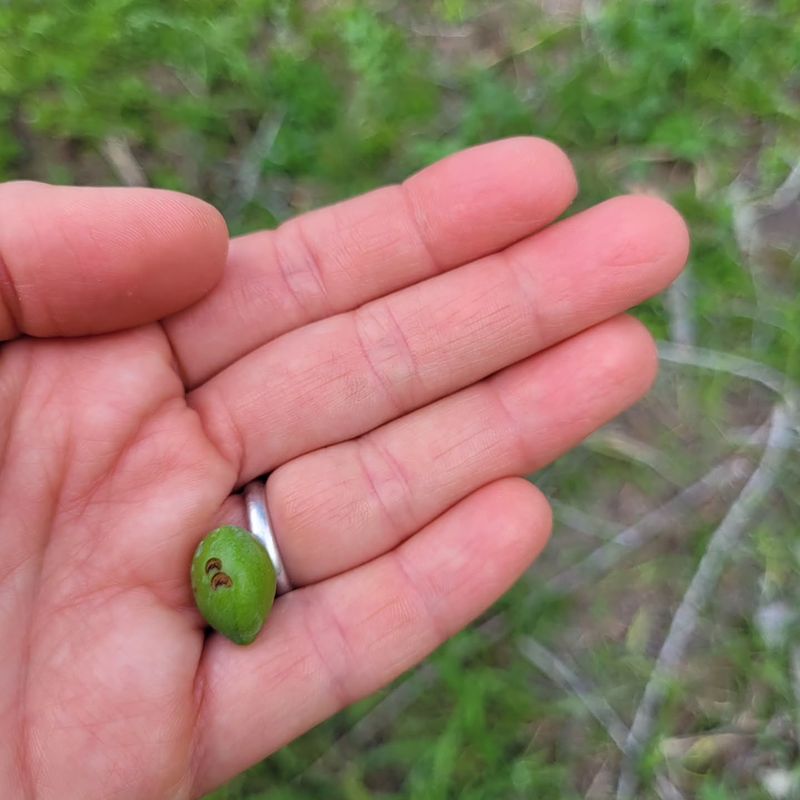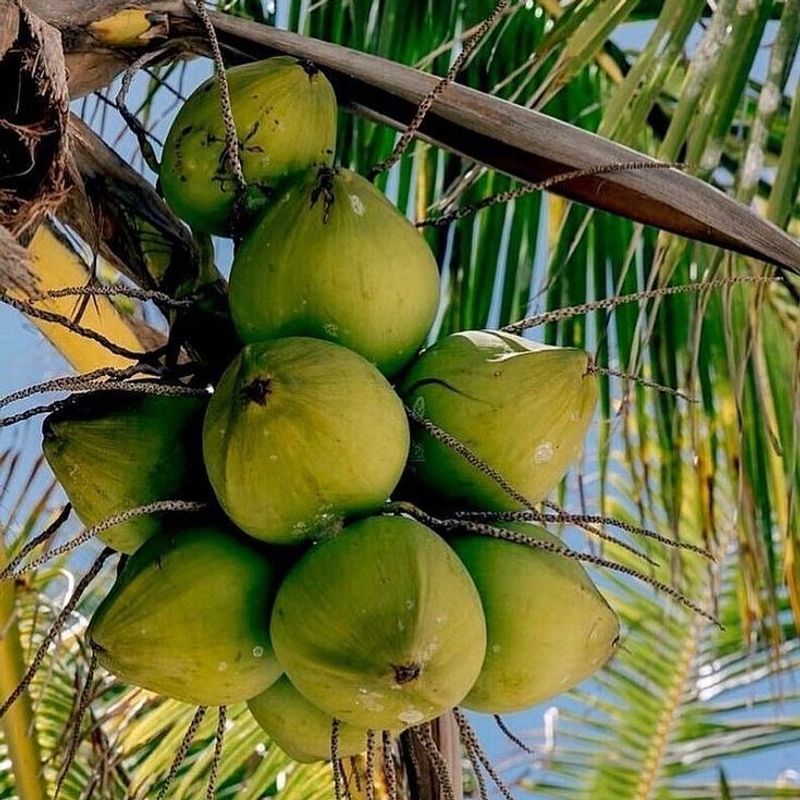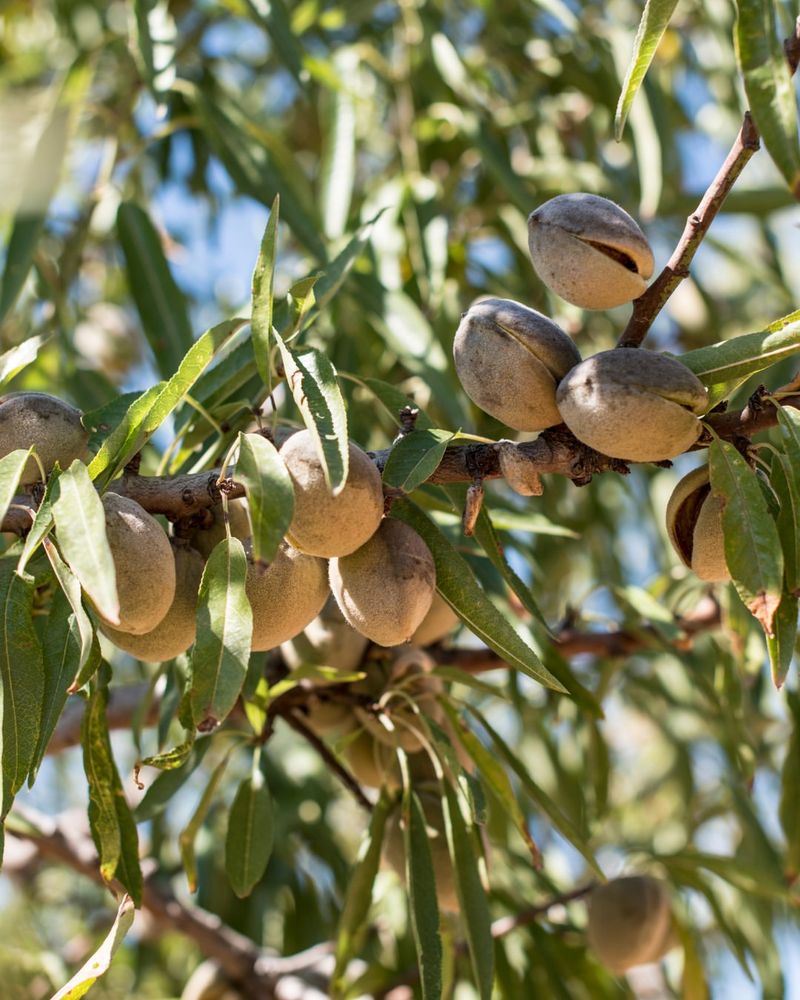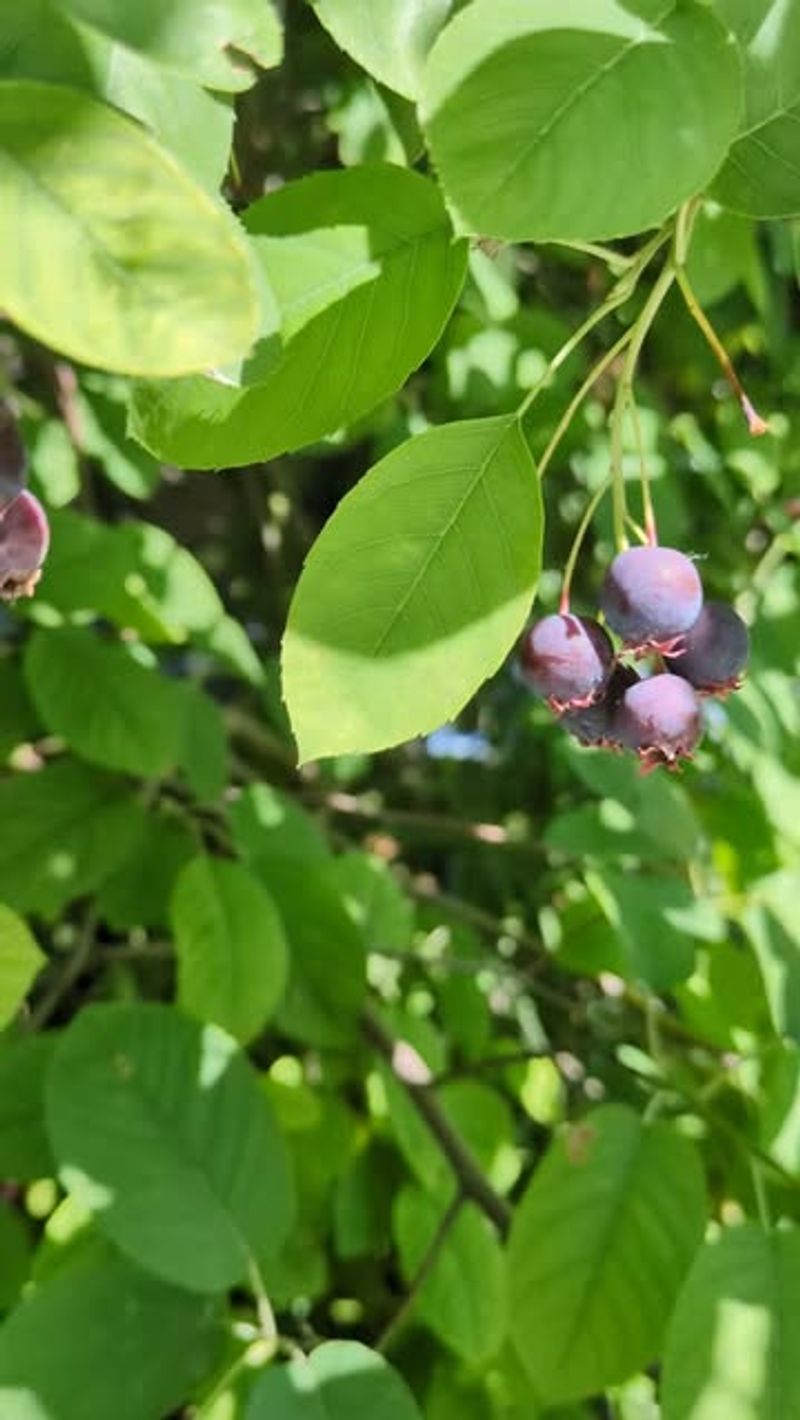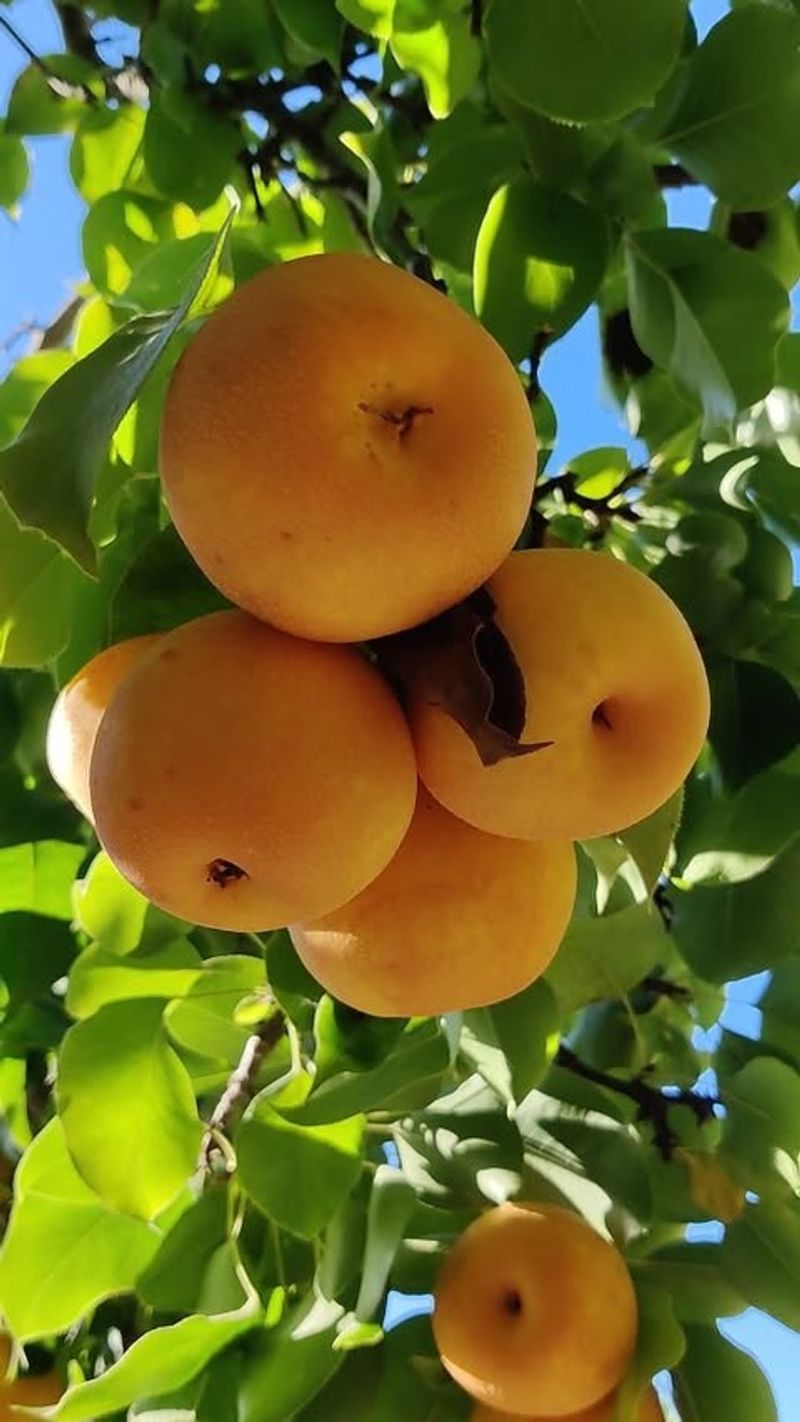I learned the hard way—just because a fruit tree looks great at the nursery doesn’t mean it’ll survive a Texas summer. Between the scorching heat, surprise cold snaps, and relentless pests, some trees are more trouble than they’re worth.
I asked the experts which ones to avoid, and their answers might surprise you. Save yourself the frustration—these are the fruit trees Texans should leave off the planting list.
1. Tropical Mangoes
Mangoes crave consistent warmth and absolutely despise frost, making most of Texas too unpredictable for their liking. Even in southern regions, winter cold snaps can kill these tropical treasures overnight.
The trees also struggle with Texas’ alkaline soils, developing iron chlorosis that turns leaves yellow while stunting growth.
Professional growers in the Rio Grande Valley have tried and failed repeatedly, proving that mangoes and Texas just don’t mix well.
2. Finicky Avocados
Dreaming of homemade guacamole from your backyard? Unfortunately, commercial avocado varieties like Hass simply can’t handle Texas’ temperature swings.
These delicate trees die when temperatures drop below 32°F, which happens regularly across most of the state. The few cold-hardy varieties that might survive produce tiny, often bitter fruits that barely resemble the creamy avocados you’d hope for.
Even expert gardeners struggle to keep these trees alive through Texas winters.
3. Temperamental Cherries
Sweet cherries require something Texas rarely provides: cold winters and mild summers. Without 800+ hours of winter chill below 45°F, cherry trees won’t properly flower or set fruit.
Texas heat also invites numerous cherry diseases, from bacterial canker to leaf spot. Many hopeful growers have planted cherries only to watch them decline within two seasons.
Even in the Texas Panhandle where winters are colder, summer heat still proves too intense for these northern favorites.
4. Demanding Apricots
Apricot trees bloom earlier than almost any other fruit tree, making them extremely vulnerable to Texas’ infamous late frosts.
One cold night in February or March can destroy an entire season’s worth of flowers. While the trees might grow and look healthy, actually harvesting fruit becomes a rare event.
Local orchard owners report successful apricot harvests only once every 4-5 years in most parts of Texas. The trees also attract numerous pests that thrive in the state’s warm climate.
5. Fussy Kiwi Vines
Kiwi vines might seem like an exotic addition to your landscape, but they’re remarkably ill-suited for Texas conditions. These vines demand high humidity along with well-drained soil – a combination rarely found in Texas gardens.
The scorching summer sun burns their leaves, while drying winds damage new growth. Male and female plants must be grown together for pollination, doubling your trouble.
Even hardy kiwi varieties struggle to produce more than a handful of fruits in the Texas climate.
6. Delicate Bananas
Banana plants create a tropical vibe but rarely survive as perennials in Texas. The first freeze kills them to the ground, forcing them to restart from scratch each spring.
While they might grow impressive leaves during summer, the growing season isn’t long enough for fruit to mature in most areas. Houston and Brownsville gardeners occasionally get small harvests, but the rest of Texas sees banana plants as expensive annuals.
Their water requirements also conflict with frequent drought restrictions.
7. Vulnerable Lychees
Lychee trees tempt gardeners with their exotic fruits but quickly disappoint in Texas. These Asian natives suffer terminal damage when temperatures drop below 28°F, making them risky even in the state’s warmest regions.
Their shallow root systems struggle in Texas’ clay soils, often leading to root rot during wet periods. Nurseries occasionally sell them as novelties, but experienced horticulturists warn against the investment.
The few trees that survive rarely produce the sweet fruits that make them desirable.
8. High-Maintenance Apples
Not all apples fail in Texas, but most popular varieties like Honeycrisp and Fuji certainly do. These apples need 1,000+ chill hours that only the Panhandle can provide, while suffering terribly in summer heat.
Fire blight disease runs rampant through Texas apple trees, often killing branches or entire trees. Low-chill varieties exist but produce mediocre, mealy fruits that disappoint.
Commercial apple growers have repeatedly abandoned Texas operations due to these challenges.
9. Unsuitable Olives
Olive trees look Mediterranean and drought-tolerant, seeming perfect for Texas. Reality proves otherwise – they can’t handle the humidity of East Texas, yet struggle with the extreme temperature swings in West Texas.
Many varieties fail to produce fruit without perfect conditions. Those that do bear olives require specialized processing facilities that don’t exist in most communities.
Countless Texas landowners have planted olive orchards only to abandon them after years of disappointment and minimal harvests.
10. Picky Pawpaws
Native to eastern woodlands, pawpaws require specific forest-like conditions that few Texas landscapes provide. These understory trees need filtered sunlight and consistent moisture – direct Texas sun quickly scorches their leaves.
Pawpaws also require two different varieties for cross-pollination, doubling your challenge. The few that survive produce small fruits that often drop prematurely in Texas heat.
Despite being native to parts of East Texas, they fail spectacularly when cultivated in yards and gardens.
11. Challenging Plums
Japanese plums bloom too early for Texas’ unpredictable late frosts, while European plums can’t handle the summer heat. This catch-22 leads to consistent disappointment for home growers across the state.
Plum trees also attract every pest imaginable in Texas, from plum curculio to bacterial leaf spot. The few fruits that develop often split from irregular rainfall patterns.
Even professional orchards struggle with plums in all but the most carefully managed microclimates.
12. Impractical Coconut Palms
Coconut palms create a vacation vibe but prove completely impractical in Texas landscapes. Even South Texas experiences occasional freezes that kill these tropical icons outright.
The dry climate prevents proper nut development, while frequent droughts stress the trees beyond recovery.
Nurseries still sell them to unsuspecting customers who rarely see their investment survive beyond a year or two. Salt tolerance doesn’t help when winter temperatures drop below 40°F.
13. Challenging Almonds
Almond trees tantalize with their beautiful blossoms but frustrate with their inability to produce nuts in Texas. These Mediterranean natives need dry summers and wet winters – the opposite of Texas’ typical pattern.
Texas humidity triggers devastating fungal diseases that quickly defoliate almond trees. Early blooming also makes them vulnerable to late frosts.
Despite looking similar to peach trees (which can succeed in Texas), almonds consistently disappoint even experienced growers.
14. Fussy Gooseberries
Gooseberries thrive in cool, moist climates – making them completely unsuited for Texas heat.
These northern favorites quickly develop powdery mildew and leaf scorch when summer temperatures rise above 85°F. By mid-June, most Texas-planted gooseberries have dropped their leaves and entered survival mode.
Their fruits, if any develop, tend to be small and sour rather than the plump berries expected. Even with afternoon shade, these plants rarely last more than two seasons in Texas gardens.
15. Demanding Pears
European pears like Bartlett and D’Anjou require specific winter chilling that most of Texas cannot provide. Without proper dormancy, they develop few flowers and fruits while becoming increasingly susceptible to fire blight disease.
Asian pears fare somewhat better but still struggle with Texas’ bacterial and fungal pressures. Most planted pear trees produce disappointing, gritty fruits that bear little resemblance to store-bought varieties.
Even with careful variety selection, pears require more maintenance than most Texas gardeners anticipate.

